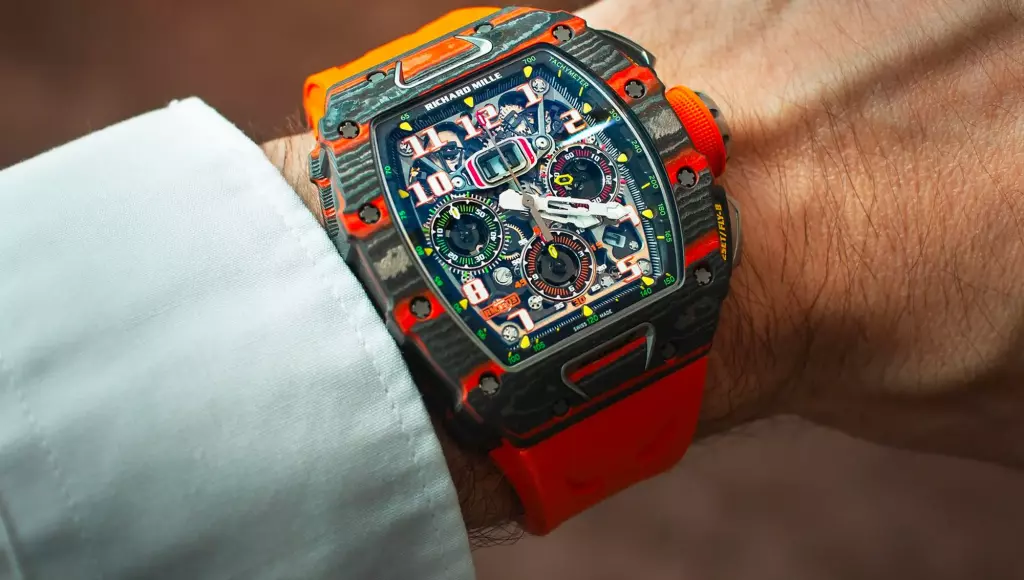In the world of luxury watches, the allure of owning a prestigious timepiece is undeniable. However, for many enthusiasts, the high price tags associated with renowned brands like Rolex, Audemars Piguet, and Richard Mille can be a major deterrent. This has led to the rise of the replica and fake watch market, providing consumers with more affordable alternatives. In this comprehensive guide, we’ll delve into the nuances of fake vs replica watches, exploring the differences, potential pitfalls, and key considerations.
Understanding the Terminology: Fake vs Replica Watches
Before we embark on our journey to unravel the intricacies of fake and replica watches, let’s establish a common understanding of the terminology.
- Fake Watches: Typically, a “fake” watch is a timepiece that mimics the design and aesthetic of a genuine luxury watch but is produced with inferior materials and craftsmanship. These watches are often sold under the guise of being authentic, misleading buyers into thinking they are purchasing a genuine product.
- Replica Watches: On the other hand, a “replica” watch is a copy of a genuine luxury watch that closely imitates its design, features, and specifications. Unlike fake watches, replicas are usually marketed transparently as reproductions and are not presented as authentic products.
Key Differences between Fake and Replica Watches
- Intention and Transparency:
- Fake Watches: The primary characteristic of fake watches is the intention to deceive buyers by presenting them as genuine luxury timepieces. Sellers of fake watches often engage in deceptive practices to maximize profits.
- Replica Watches: Replicas are typically sold with transparency about their nature as reproductions. Reputable sellers clearly communicate that the watches are not authentic and are intended for enthusiasts who appreciate the design without the hefty price tag.
- Materials and Craftsmanship:
- Fake Watches: The materials and craftsmanship in fake watches are generally of lower quality compared to both authentic and replica watches. These watches may have visible flaws and are more prone to damage over time.
- Replica Watches: Replicas aim to closely emulate the original watches, utilizing higher-quality materials and better craftsmanship than their fake counterparts. While they may not match the exact standards of genuine luxury watches, replicas strive to offer a reasonable balance of quality and affordability.
- Price Disparities:
- Fake Watches: Fake watches are often priced significantly lower than their authentic counterparts, making them attractive to buyers seeking a seemingly good deal.
- Replica Watches: Replicas are priced more moderately, reflecting the balance between affordability and the effort put into replicating the design and features of the genuine watches.
Potential Pitfalls and Risks
- Legal Implications: Both the production and sale of fake and replica watches can have legal consequences. Counterfeit products infringe on intellectual property rights, and sellers may face legal action from the original watch manufacturers.
- Quality Concerns: Purchasing a fake watch comes with the risk of receiving a product of subpar quality. These watches are more likely to break, malfunction, or show signs of wear sooner than authentic or replica watches.
- Ethical Considerations: Supporting the fake watch market raises ethical concerns, as it involves contributing to an industry built on deception. On the other hand, the replica market, when conducted transparently, allows consumers to make informed choices without misleading them.
Navigating the Replica Watch Market: Tips for Buyers
- Research and Verification: Before making a purchase, conduct thorough research on the specific replica watch you’re interested in. Look for reviews, compare prices, and verify the reputation of the seller.
- Transparency Matters: Choose sellers who are transparent about the nature of their products. Reputable replica watch sellers clearly state that their watches are reproductions and do not mislead buyers into thinking they are authentic.
- Quality Indicators: Pay attention to the quality indicators of the replica, such as the materials used, craftsmanship, and attention to detail. While replicas may not match the exact standards of genuine watches, a well-made replica can closely emulate the original.
- Legal Compliance: Ensure that the seller complies with legal standards and does not engage in deceptive practices. Avoid purchasing from sellers who actively market their products as genuine luxury watches.
Conclusion
In the realm of fake vs replica watches, transparency and knowledge are key. While fake watches are designed to deceive, replicas offer an alternative for enthusiasts who appreciate the aesthetics of luxury watches without the exorbitant price tag. As a buyer, understanding the distinctions between fake and replica watches empowers you to make informed decisions, balancing affordability with ethical considerations. Remember, a well-researched purchase ensures that you can enjoy the elegance of a luxury timepiece without compromising on quality or integrity.
For more information on replica watches, visit United Luxury.



